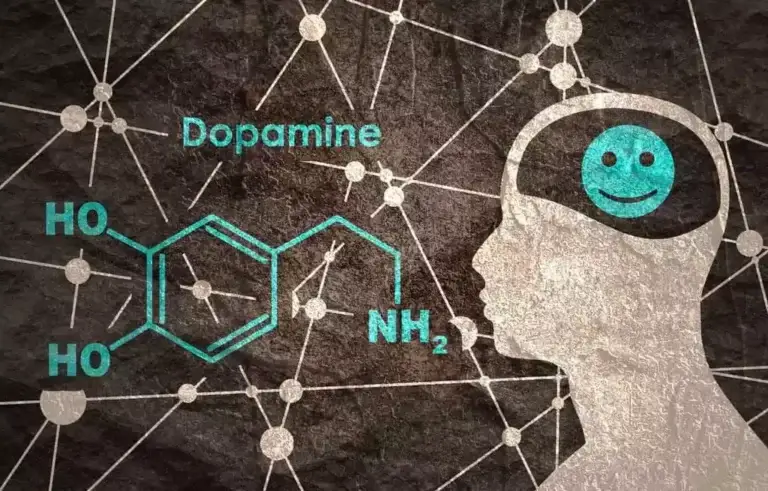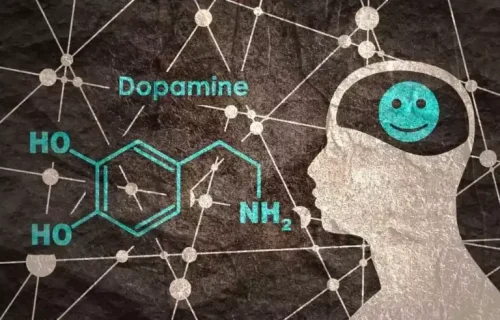
In general, OxyContin detox can make you feel like you have the flu, but it is not life-threatening. However, the unpleasant symptoms are severe enough that they may undermine recovery attempts and increase the risk of relapse. A professional detox program will be able to provide supervision and medical monitoring for the person going through withdrawal – keeping them as comfortable as possible and minimizing relapse risks.

Talk to your health care providers

Doing so can release all of the drug at once, increasing the risk of oxycodone overdose. Leah has worked in several treatment settings, including inpatient, outpatient, and in-home therapy, both as a therapist and a clinical supervisor. She currently serves as a Director of adult outpatient services in a community health center. OxyContin is a powerful, highly addictive substance that can be abused to the point of overdose. Ingesting OxyContin at unsafe levels can cause permanent brain damage or depress the respiratory system to the point of failure.
Get Help for Oxycodone Addiction
This spurred a surge in heroin-related fatal overdoses, which is often termed the second wave of the overdose crisis. Opioids are most addictive how addictive is oxycontin when you take them in a way other than how they were prescribed — for example, crushing a pill so that it can be snorted or injected. This life-threatening drug misuse is even more dangerous if the pill is effective for a longer period of time. Rapidly delivering all the medicine to your body can cause an accidental overdose. Taking more than your prescribed dose of opioid medicine, or taking a dose more often than prescribed, also increases your risk of opioid use disorder. Because of the risk of opioid misuse, it’s often hard to get your healthcare professional to raise your dose or renew your prescription.
What are OxyContin (oxycodone) withdrawal symptoms?
- Oxycodone, a morphine-like drug, is found along with non-narcotic analgesics in a number of prescription drugs, such as Percodan (oxycodone and aspirin) and Percocet (oxycodone and acetaminophen).
- Tell your doctor if you are pregnant or if you plan to become pregnant.
- Do not increase your dose, take the medication more often, or take it for a longer time than prescribed.
- Sales reps pitched the drug to family doctors and general practitioners to treat common conditions such as back aches and knee pain.
Guidelines issued this year by the Centers for Disease Control and Prevention urged physicians to “avoid” or “carefully justify” prescriptions of that strength. A separate study underwritten by a Purdue competitor, Janssen Pharmaceutica, reached a similar conclusion. Researchers surveyed chronic pain patients treated with OxyContin and reported that less than 2% said the drug lasted 12 hours and nearly 85% said it wore off before eight, according to a 2003 journal article detailing the research. The U.S. Justice Dept. launched a criminal investigation, and in 2007 the company and three top executives pleaded guilty to fraud for downplaying OxyContin’s risk of addiction.
- This means that, although it has a definite medical purpose, there is a high potential for abuse.
- An improved respiratory profile would of course represent a significant advantage for the use of oliceridine over morphine.
- After MOR activation, PKC can be stimulated by second messengers such as DAG and calcium made available thanks to PLC activation by GBßγ subunit, non-coupled tyrosine kinases, or small G protein (Pena et al. 2018).
Before discussing likeability and incentive salience, it is important to understand the pharmacokinetic and analgesic profile of oxycodone compared to other opioids. Most morphine analgesic equivalent charts report equi-analgesic dosing between oxycodone and morphine for parenteral administration, but oxycodone is 1.5 times more potent than morphine following oral administration22 (Bruera et al. 1998; Hanks et al. 2001; Zacny and Lichtor 2008). Oral oxycodone has better bioavailability (about 60–90%) than morphine and with the same unbound concentrations of oxycodone and morphine in the blood, unbound oxycodone in the brain is as much as six times higher than morphine (Boström et al. 2008). Preclinical research reports differences in potency, where oxycodone was 2 to 4 times more potent than morphine after subcutaneous and intraperitoneal injection in rats (Pöyhiä and Kalso 1992). The unique analgesic effectiveness of oxycodone compared to other opioid medications could be an important component underlying the abuse potential of oxycodone. The enhanced analgesic efficacy of systemic administration of oxycodone, over other opioids, was reported in many clinical studies.

Signs of OxyContin Addiction

The problem offers new insight into why so many people have become addicted to OxyContin, one of the most abused pharmaceuticals in U.S. history. You can also monitor and record your pain levels to see how you’re progressing and let your doctor know whether your pain is decreasing. Make your tax-deductible gift and be a part of the cutting-edge research and care that’s changing medicine. Everyone plays an important role in breaking the grip that opioids have on communities https://ecosoberhouse.com/ and their residents.
- Political economists explain that demand, coupled with globalization, increases efficiency and competition.
- Always consult your healthcare provider to ensure the information displayed on this page applies to your personal circumstances.
- The ventral striatum includes the NAc, which is further subdivided into core and shell, and again into medial, lateral, dorsal ventral subareas.
- She disagrees with some critics who would use OxyContin only as a last resort.
- States also continue to expand access to naloxone, an overdose reversal nasal spray that is simple to administer.
- Purdue held closed-door meetings to retrain its sales force on the importance of 12-hour dosing, according to training documents, some included in sealed court files and others described in FDA files.
- A separate study underwritten by a Purdue competitor, Janssen Pharmaceutica, reached a similar conclusion.
MacNamara, then a 27-year-old gym teacher at an elementary school near Orlando, was familiar with painkillers. He’d been given Percocet and Vicodin for sports injuries, but he said OxyContin was unlike anything he’d ever experienced. In this 1996 memo entitled “It’s Bonus Time in the Neighborhood,” a Purdue sales manager told her staff to talk up stronger doses of OxyContin in conversations with doctors. OxyContin accounted for a third of all sales revenue from painkillers that year, according to industry data. For a year and a half, she spent each day cycling through misery and relief. When she complained to her doctor, he gave her stronger doses but kept her on the 12-hour schedule, as Purdue instructs physicians to do.